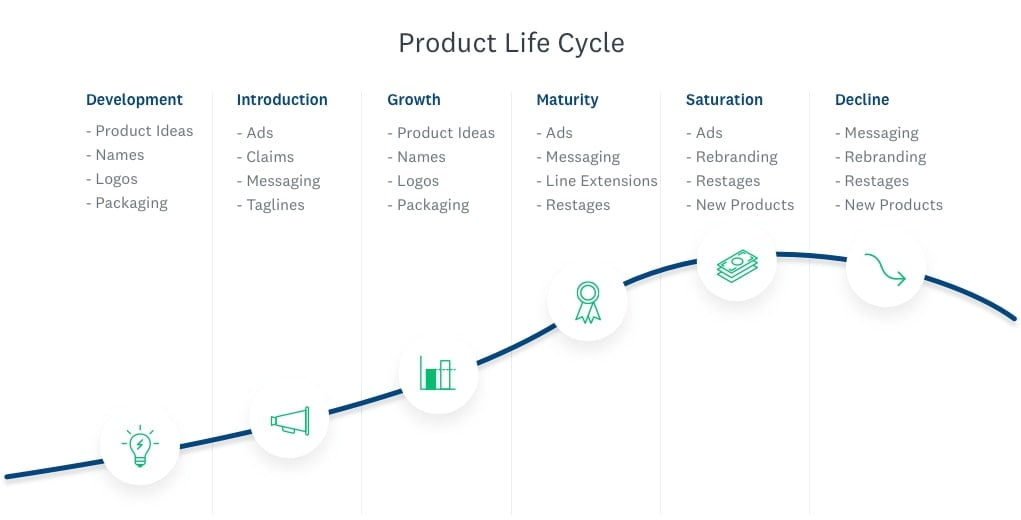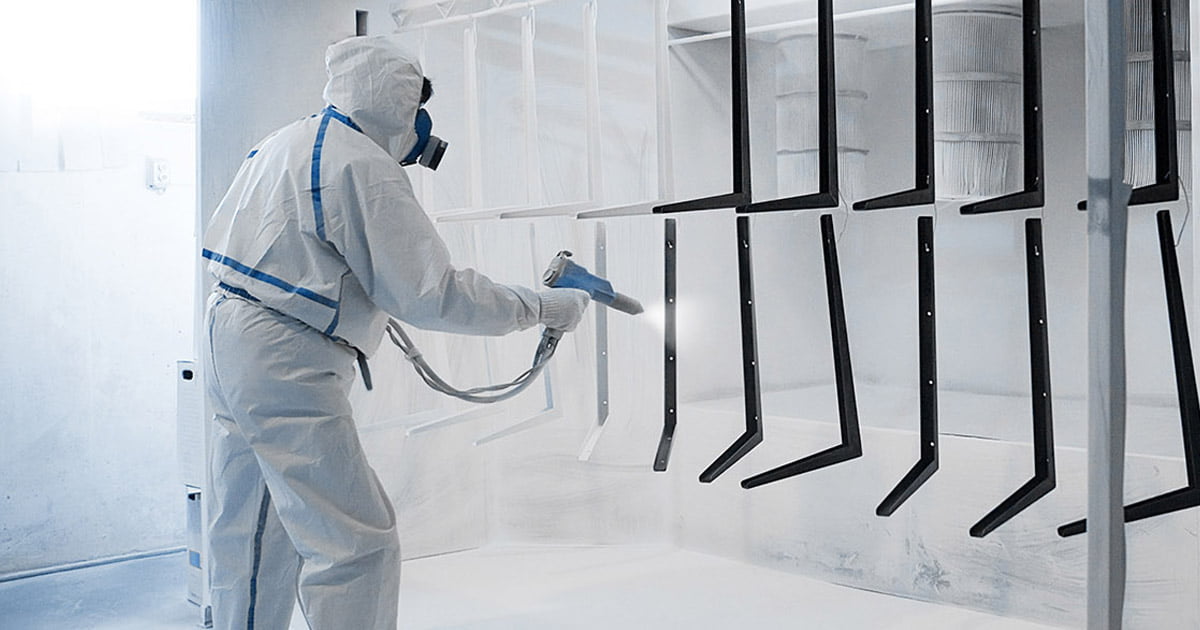According to research, around 30,000 new products are launched every year, and of those 95% end up failing.
All too often, in a bid to recoup investment or to beat off the competition, brands rush new products to market with testing whether it resonates with consumers, or indeed whether the product is something that people actually want. But, even the most experienced decision-makers struggle to make the right calls without input from their target audience.
Whether you’re looking for the safest bet or wondering if a risky concept might actually pay off, product testing can help you find a concept that meets your goals and resonates with your audience. With a product concept test, you can gauge customer sentiment and find the proven winners in a pool of different product ideas.
Product testing gives your target audience a range of options and asks them to provide feedback on each one. With product testing, you can compare metrics like purchase intent, quality, and value to find out which product concepts customers like best.
In this article, we’ll take a closer look at why you should test your product concepts, how to conduct an effective product assessment, and what you can do to get accurate feedback from your respondents.
Product testing
Product testing gives your target audience a range of options and asks them to provide feedback on each one. With product testing, you can compare metrics like purchase intent, quality, and value to find out which product concepts customers like best. Drawing on those insights, you can craft products that will resonate, sell and engender loyal customers. Let’s take a closer look at what product testing entails, and why you need to do it.
What is product testing?
Sometimes described as consumer testing or comparative testing, product testing is the process of measuring the properties or likely performance of products among a target audience. While a great product can recover from a less than stellar launch, an impressive launch can’t save a product that nobody wants to buy. By asking for audience feedback on your product concepts before moving forward with a launch, you can identify successful product ideas right off the bat. This ensures that you commit money and resources to the right projects.
What are the goals of product testing?
You can use product testing to reach a number of different goals:
Determine whether a new product development program is on track
If you’re developing a new product, one of the worst things you can do is to wait until the end of the development stage to test whether your product lands with those people you want to market it to. The most successful products are tested regularly throughout the development process in order to demonstrate proof of concept and to make sure that the final product is exactly what the customer wants.




